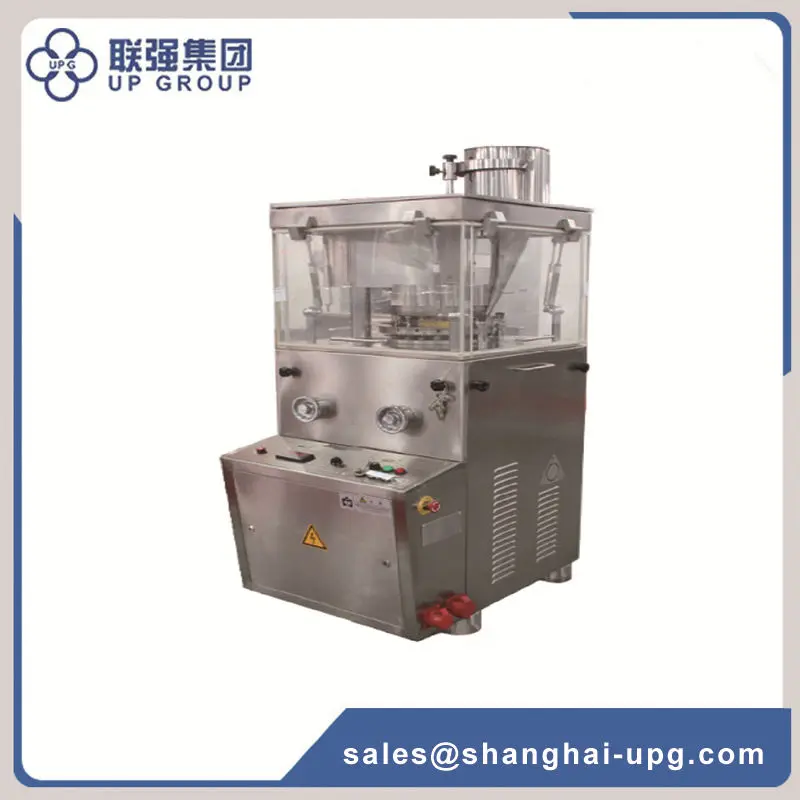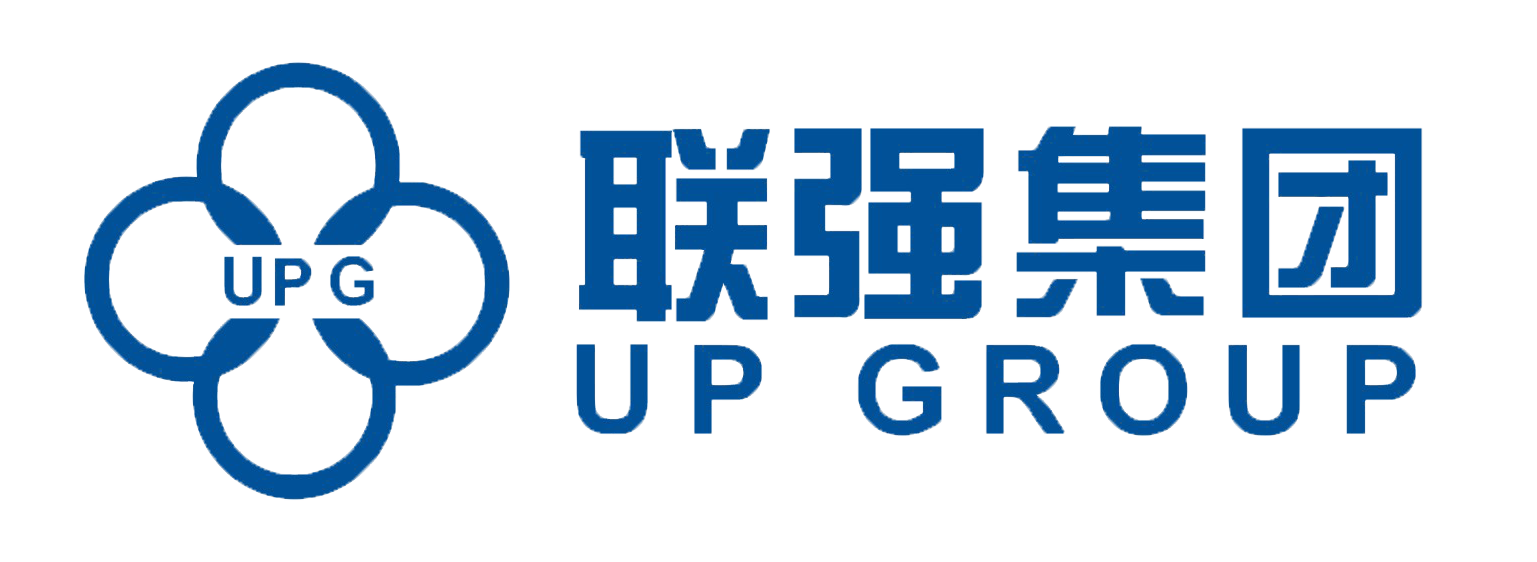Tablet production is an important process in the pharmaceutical and nutraceutical industries requiring precision and efficiency. One of the key roles in this process is played by tablet presses. They are responsible for compressing powdered ingredients into solid tablets of consistent size and weight. For manufacturers seeking to optimise their tablet production process, it is vital to understand the key components and working principles of a tablet press.
So firstly, a tablet press consists of the following key components that work together to facilitate the tablet pressing process.
Hopper: The hopper is the initial inlet for powdered material. It holds the raw material and feeds it into the pressing area of the machine.
Feeder: The feeder is responsible for steadily transporting the powdered material to the compression zone. It ensures an even distribution of the raw material, which is essential for achieving consistent tablet quality.
Moulds and Book Red Heads: Moulds and heavy heads are the main components of tablet forming. The mould defines the shape and size of the tablet, while the heavy head applies pressure to compress the material inside the mould cavity.
Compression zone: This is the area where the actual compression of the powdered material takes place. It requires the application of high pressure to convert the material into a solid tablet.
Ejector Mechanism: Once the tablet is moulded, the ejector mechanism releases it from the compression zone and transfers it to the next stage of the production process.

It is also worth reminding you that our company also produces tablet pressing machinery, please click on the following text to enter the product page for more content.
LQ-ZP Automatic Rotary Tablet Pressing Machine
This machine is a continuous automatic tablet press for pressing granular raw materials into tablets. Rotary tablet pressing machine is mainly used in pharmaceutical industry and also in the chemical, food, electronic, plastic and metallurgical industries.All the controller and devices are located in one side of the machine, so that it can be easier to operate. An overload protection unit is included in the system to avoid the damage of the punches and apparatus, when overload occurs.The machine’s worm gear drive adopts fully-enclosed oil-immersed lubrication with long service-life, prevent cross pollution.
Let's next look at the working principles of tablet presses, which are centred on the pressing process and the control of various parameters to ensure the production of high quality tablets.
Tablet presses work by converting powdered ingredients into tablets through a series of carefully controlled mechanical and operational processes. These machines are designed to apply high pressure to the powdered ingredient and press it into the desired tablet shape. Manufacturers must consider these principles when evaluating the capabilities of different tablet presses.
With compression force control, a tablet press applies a specific force to compress a powdered material into a tablet. The ability to control and adjust the compression force is critical to achieving consistent tablet quality and preventing problems such as capping or lamination.
Depth of fill and quality control: Tablet depth of fill and weight are key parameters that need to be carefully monitored and controlled. Tablet presses should be equipped with appropriate devices to ensure that each tablet is filled to the correct depth and weighed in the required quantity.
Speed and efficiency: The speed at which a tablet press operates has a direct impact on throughput. Manufacturers should consider the efficiency and speed capabilities of the machine to meet production demands.
Moulds and changeovers: The ability to change moulds and adjust the machine to suit different tablet sizes and shapes is an important operating principle. Flexibility in moulds and changeover capabilities allows the manufacturer to adapt to different production requirements.
Monitoring and quality assurance: Tablet presses should have monitoring and quality assurance features that have detected and resolved any problems in the pressing process, which ensures that the tablets meet the required quality standards.
In short, a better understanding of the principles and learning about the key components of the tablet press in order to better put into production and use of the tablet press, if you have any needs about the tablet press or related issues, please contact us in time, we will have a professional staff to answer your questions about tablet press and recommend the most suitable model for you, we have been exported to all over the world for many years, I believe that our products and services will make you satisfied.
Post time: Jun-12-2024
